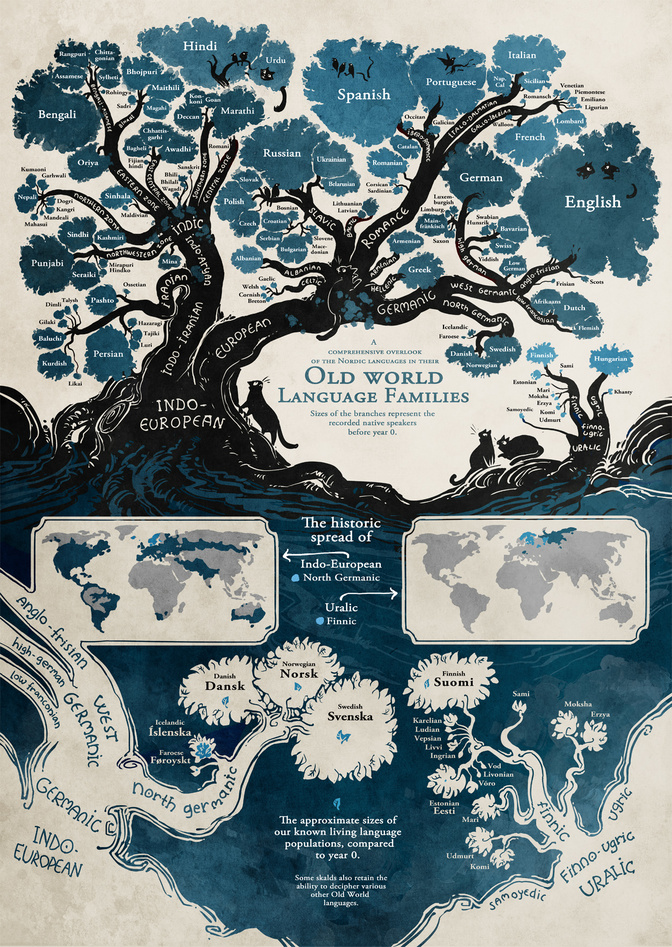Assorted Links VII

“The meteorite itself was so massive that it didn’t notice any atmosphere whatsoever,” said Rebolledo. “It was traveling 20 to 40 kilometers per second, 10 kilometers — probably 14 kilometers — wide, pushing the atmosphere and building such incredible pressure that the ocean in front of it just went away.”
These numbers are precise without usefully conveying the scale of the calamity. What they mean is that a rock larger than Mount Everest hit planet Earth traveling twenty times faster than a bullet. This is so fast that it would have traversed the distance from the cruising altitude of a 747 to the ground in 0.3 seconds. The asteroid itself was so large that, even at the moment of impact, the top of it might have still towered more than a mile above the cruising altitude of a 747. In its nearly instantaneous descent, it compressed the air below it so violently that it briefly became several times hotter than the surface of the sun.
“The pressure of the atmosphere in front of the asteroid started excavating the crater before it even got there,” Rebolledo said. “Them when the meteorite touched ground zero, it was totally intact. It was so massive that the atmosphere didn’t even make a scratch on it.”
Unlike the typical Hollywood CGI depictions of asteroid impacts, where an extraterrestrial charcoal briquette gently smolders across the sky, in the Yucatan it would have been a pleasant day one second and the world was already over by the next. As the asteroid collided with the earth, in the sky above it where there should have been air, the rock had punched a hole of outer space vacuum in the atmosphere. As the heavens rushed in to close this hole, enormous volumes of earth were expelled into orbit and beyond — all within a second or two of impact.
“So there’s probably little bits of dinosaur bone up on the moon,” I asked.
“Yeah, probably.”
Survival in the first hours of the Cenozoic
Life confined to Earth’s surface would have perished well before incineration. After ignition temperature was reached, fires would not have spread from one area to another in the usual way. Rather, fires would have ignited nearly simultaneously at places having available fuel.
The shortest-lived child of Prohibition actually survived to adulthood. This was the change in drinking patterns that depressed the level of consumption compared with the pre-Prohibition years. Straitened family finances during the Depression of course kept the annual per capita consumption rate low, hovering around 1.5 US gallons. The true results of Prohibition’s success in socializing Americans in temperate habits became apparent during World War II, when the federal government turned a more cordial face toward the liquor industry than it had during World War I, and they became even more evident during the prosperous years that followed.50 Although annual consumption rose, to about 2 gallons per capita in the 1950s and 2.4 gallons in the 1960s, it did not surpass the pre-Prohibition peak until the early 1970s.
In MUSE a distinction is made between present and past perfect (i.e., within the perfect aspect, tense is marked). Perfect means that the action is completed. AAVE has two additional markers for aspect which extend the perfect:
Tense Muse AAVE present perfect I have walked I have walked past perfect I had walked I had walked completive n/a I done walked remote time n/a I been walked
Study 1 (N = 228) examined 49 common variants (SNPs) within 10 candidate genes and identified a nominal association between a polymorphism (rs237889) of the oxytocin receptor gene (OXTR) and variation in deontological vs utilitarian moral judgment